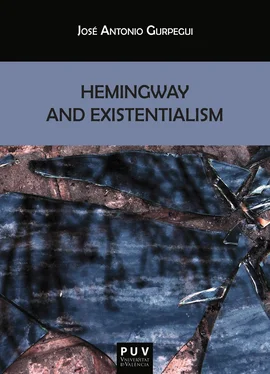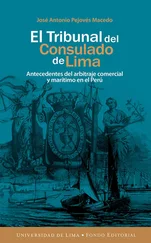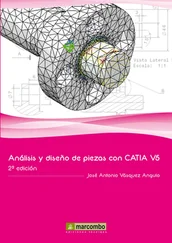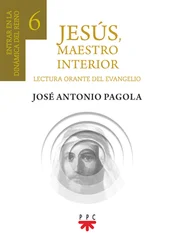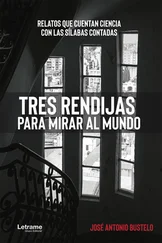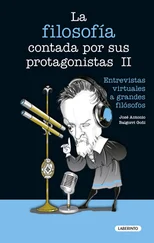The Torrents of Spring is not Hemingway’s most appreciated work since it presents all forms of narrative irregularities; however, it represents a factual manifesto of literary independence. The true artistic achievement will come with his next novel, The Sun Also Rises . In this novel Hemingway’s artistic appreciation is synthesized in so far as his literary approach of future works are clearly and determinately exposed.
This novel was, as its title suggests, a torrent; but a “torrent” of uncontrolled feelings, of skin deep narrative eagerness, of raw anger, of creative energy in search of something that, whatever it was, had to be separated from everything known and be original, fresh, different… A torrent that needed to be funneled in such a way that its turbulent and uneasy waters would not cause destruction but once calm it would work as source for quality works in which the artistic component prevailed against personal resentment. The Sun Also Rises is the novel where will be found the fundamental “Hemingwayan” narrative from an artistic and philosophical approach, and, quoting Carlos Baker, “the means Hemingway chose to declare himself out of the alleged ‘lostness’ of a generation whose vagaries he chronicled” (77). The breaking away from the prior literary models is also reflected from the beginning of The Sun Also Rises . Robert Cohn, the character who appears at the beginning of the novel and who becomes Jake Barnes’ clearest antithesis, reads and rereads a book by W.H. Hudson entitled The Purple Land . For Cohn, the book “was all that was needed to set him off.” The story of The Purple Land “recounts splendid imaginary amorous adventures of a perfect English gentleman in an intensely romantic land.” However, Jake has read Turgenieff’s works, 5 and his belief with respect to the benefits that Hudson’s works bestow upon the modern man is devastating, “For a man to take it at thirty-four as a guide-book to what life holds is about as safe as it would be for a man of the same age to enter Wall Street direct from a French convent, equipped with a complete set of the more practical Alger books” (9).
It seems logical and coherent for Jake Barnes to read Turgenieff if we are admitting, as Lindell J. Kay remarked in the aforementioned section, that Hemingway “wrote portions of his own autobiography in each of his literary works” 6 ; indeed, Hemingway himself said in numerous occasions that Turgenieff was one of his most fundamental influences and in A Moveable Feast he remembers how the two volumes of A Sportsman’s Sketches were precisely the first literary works that he borrowed from Sylvia Beach’s library to finish stating, “I had read all of Turgenev” (87). However, to understand the meaning and implications it will be valuable to briefly compare Turgenieff and Hudson. Doing so it will became clear that they are both clear unquestionable representatives of the points of view, of the vital attitude and code of value, of Jake Barnes and Robert Cohn respectively, and in the belief that these two fictional characters assume and reflect the passions and phobias of their creator.
William Henry Hudson, in the already mentioned The Purple Land (1885) as well as in Green Mansions (1904), A Shepherd’s Life (1910) or A Traveller in Little Things (1921), elaborates a narrative in accordance with the romantic patterns. He was a naturalist and an ornithologist who was particularly worried about nature, what conditioned his novels. Thus, for example, he does not specially show an interest in the creation of his characters, the most famous being Rima, 7 the main character in Green Mansions , a half human half bird creature that lives in the forest. Hudson believes that mankind becomes conscious of his existence when he is in touch with nature. Ivan Sergeyevich Turgenieff, on the other hand, presents literary principles drastically opposite to Hudson’s. In Fathers and Sons (1862), which is considered to be his most popular novel and from which he obtained international recognition, we meet Evgenij Bazarov for the fist time, a character that was classified by his own creator as a “nihilist,” as someone who did not accept authority or acknowledge a social, political, or religious value system. The construction of the action reflects the generational conflict between Bazarov and his parents.
As for the structure in his novels, Turgenieff was specifically interested in his characters, “He constructed his novels according to a simple formula that had the sole purpose of illuminating the character and predicament of a single figure, whether hero or heroine.” Britannica (vol. 12, p. 53). With respect to style, Turgenieff also shows the same approach as Hemingway. As previously stated, Hemingway ridiculed Anderson’s “affectation”; in Smoke , Turgenieff ridiculed this kind of expression when, according to the letter written by the main character, Litvinov, he says, “Litvinov did not much like this letter himself; it did not quite truly and exactly express what he wanted to say; it was full of awkward expressions, high flown or bookish, and doubtless it was not better than many of the other letters he had torn up”. 8 Not only do we find similarities between Turgenieff and Hemingway in literature, but also in social criticism written about them. Víctor Gallego comments about the Russian, “De las numerosas acusaciones de que fue objeto Turguéniev por parte de sus detractores, destacan, por su reincidencia y encarnizamiento, dos: la indefinición y falta de compromiso del autor y su profundo desprecio por Rusia y todo lo ruso” 9 ; the same criticism we frequently find questioning Hemingway.
We are referring to two authors, Hudson and Turgenieff, with substantially different literary interests from a structural and philosophical point of view. Each of them represents a different literary model and, even more important, the prototype in both characters that act and understand life according to different principles and values, if not antagonistic. Hudson represents “the past,” Turgenieff “the present”; exactly the same as Jake and Robert, in The Sun Also Rises .
The Hudson-Turgenieff opposition clearly seen in the Jake-Robert relationship in The Sun Also Rises can be considered as a relative parallelism to the disagreements between Hemingway and Anderson. For Hemingway, Anderson, like Hudson, represented the past; and himself, like Turgenieff, represented the present. In The Sun Also Rises we find a definite and conclusive passage,
I turn off the light again and read. I read Turgenieff. I knew that now, reading it in the over sensitized state of my mind after much too much brandy, I would remember it somewhere, and afterward it would seem as though it had really happened to me. I would always have it. That was another good thing you paid for and then had. Some time along toward daylight I went to sleep. (149) 10
The reference to the “past” and the “present” does not necessarily refer to a specific literary or stylistic aspect but to a certain way of understanding the world, to a particular idea of existence that one is able to grasp when one “reaches the light” (the reference to the light at the beginning and end of the quote is fundamental as will be studied later).
The trauma and scars left by World War I—which Hemingway had lived personally—obliged and motivated a radical reevaluation of the role human kind played on earth. The absolute truths that society had believed in up to then, seemed to be supported only by illusions and chimeras. Empiricism and the optimistic rationalism were old fashioned philosophies that could not coherently answer questions about the new situation that human kind was living after the war that bled the Western world. Christianity was more of a soothing effect than a remedy, and its compassionate rigid ethical rules arose more questions than answers; it was also understood by many as an attempt to escape from a state in which frailty or, philosophically speaking, the “non essence,” became unbearable. A new philosophy was emerging; a new thought process that would give answers to the new worries and questions, to the “desperation” that was strongly holding on to the “modern” man. Hemingway was aware of the dilemma that he was facing as he so notably writes through Jake’s meaningful contemplation in The Sun Also Rises ,
Читать дальше
